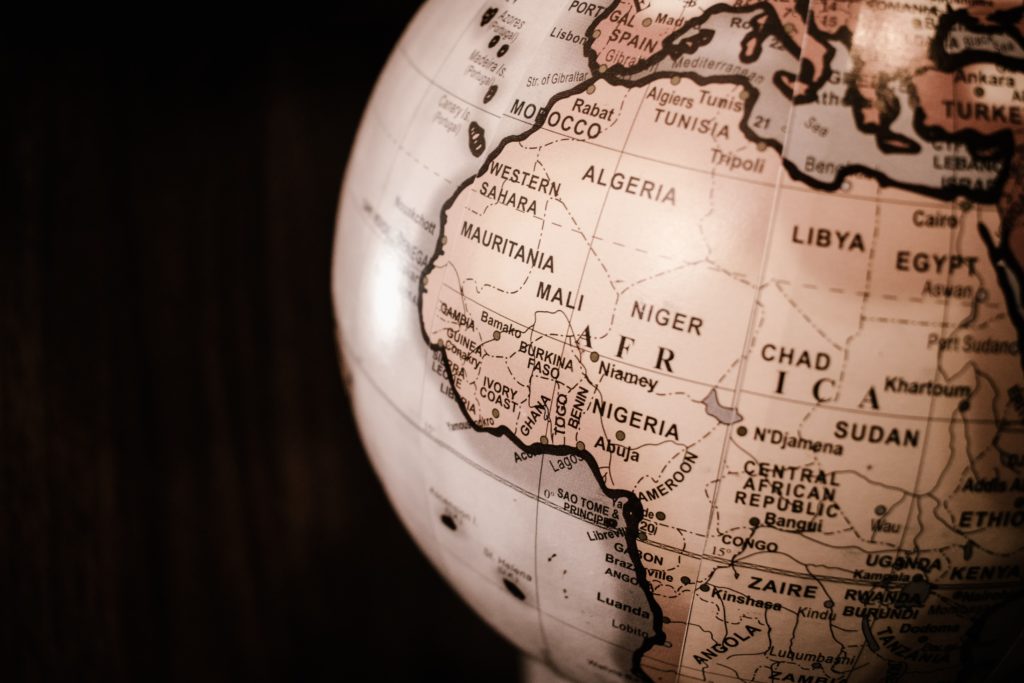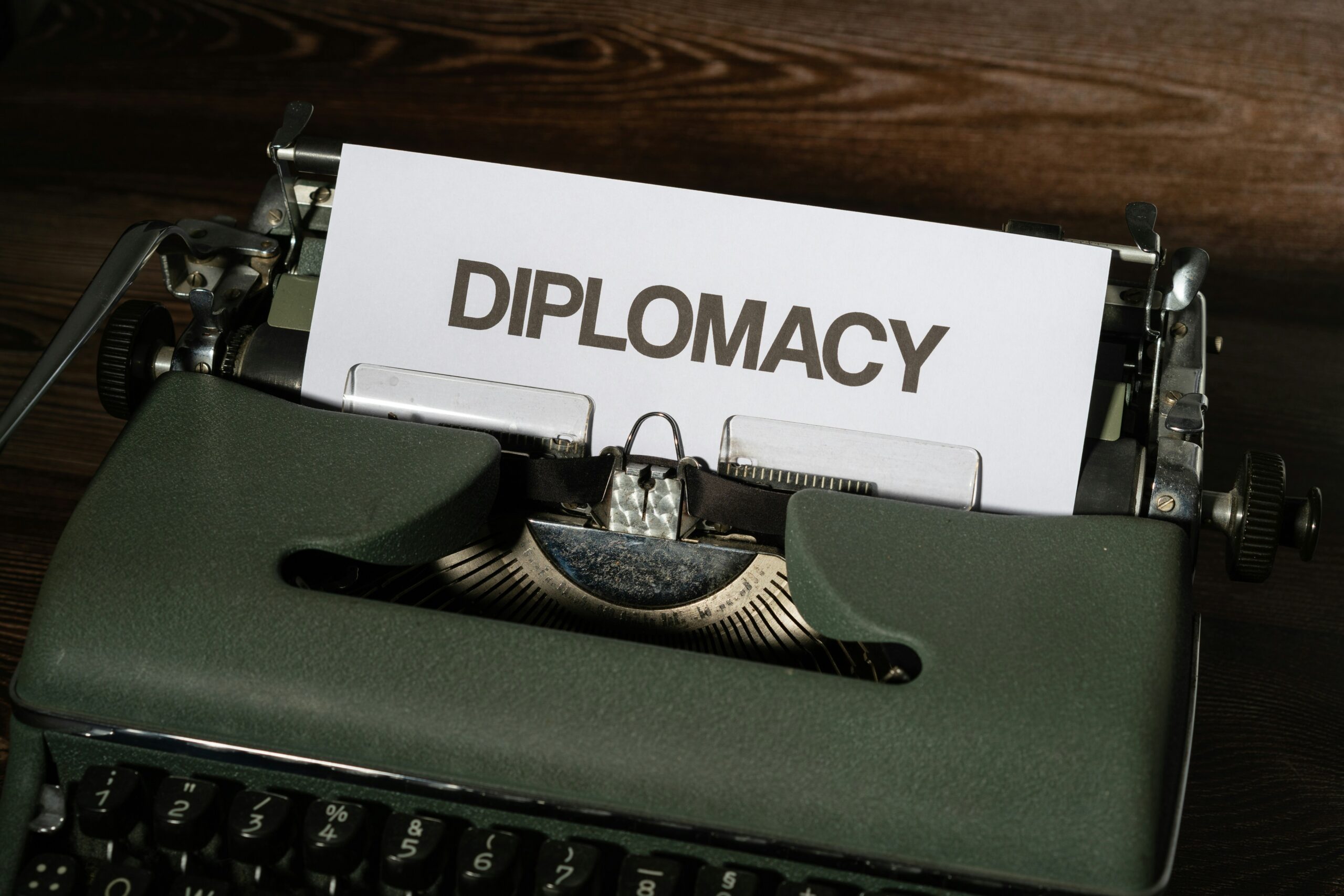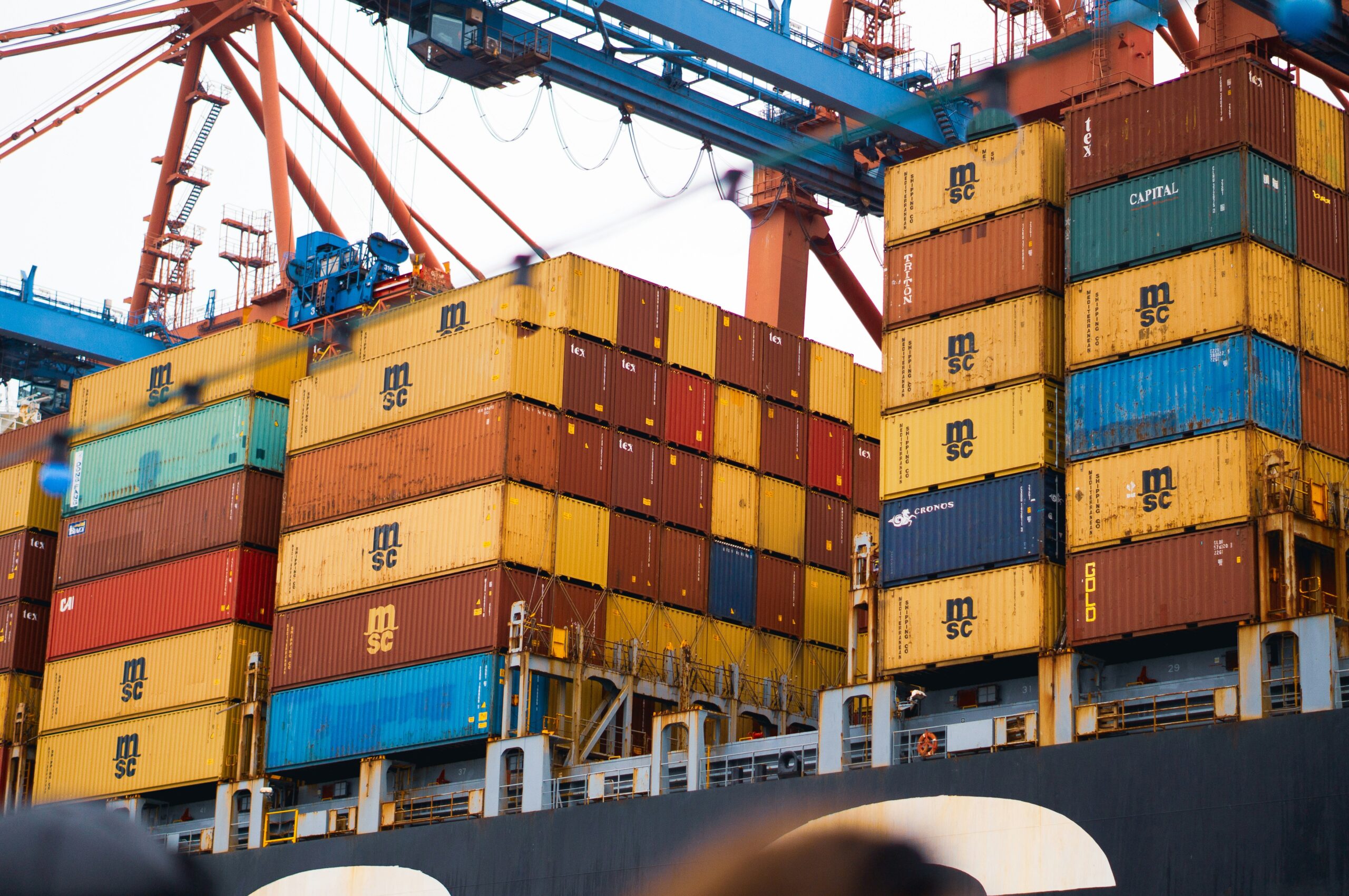The African Continental Free Trade Area (AfCFTA) was established in 2018 and trade began on January 1st, 2021. It was established by 54 of the 55 members of the African Union who signed the African Continental Free Trade Agreement. Since the creation of the World Trade Organization, the free-trade region has had the most participating nations of any in the entire world. On August 17, 2020, in Accra, Ghana, President Nana Akufo-Addo of Ghana commissioned the Secretariat of the AfCFTA and presented it to the AU.

Ratification and implementation
The agreement was mediated by the African Union (AU), and 44 of its 55 members signed it on March 21, 2018, in Kigali, Rwanda. 90 percent of the tariffs on goods must initially be removed by signatories of the accord to grant free trade in commodities, goods, and services across the continent. The pact is expected to increase intra-African commerce by 52% by 2022, according to the United Nations Economic Commission for Africa. The plan was supposed to go into effect 30 days after 22 of the signatory states ratified it. The Gambia ratified the agreement on April 2, 2019, and the Saharawi Republic deposited the 22nd ratification instrument on April 29. Following a summit on July 7, 2019, the accord entered its operational phase on May 30.
Negotiations
African Union leaders decided to establish a new Continental Free Trade Area by 2017 during the Addis Ababa summit in 2012. The AU summit in 2015 in Johannesburg decided to start negotiations. Ten negotiations were placed over the following three years, starting with this one. Eight meetings were held between the first negotiation forum in February 2016 and the summit in Kigali in March 2018. The technical working groups met four times starting in February 2017 to debate and incorporate technical details into the draft. The draft was adopted by the African Union Ministers of Trade on March 8 and 9, 2018.
Kigali Summit of 2018
The African Continental Free Trade Agreement, the Kigali Declaration, and the Protocol on Free Movement of Persons were all signed in March 2018 during the 10th Extraordinary Session of the African Union on AfCFTA. The African Union Passport is supported by the Protocol on Free Movement of Persons, which aims to create a region inside AfCFTA nations where visas are not required. 44 nations signed the AfCFTA, 47 signed the Kigali Declaration, and 30 signed the Protocol on Free Movement of Persons at the conference in Kigali on March 21, 2018. The two biggest economies in Africa, South Africa, and Nigeria, were the two noteworthy holdouts notwithstanding the success. The division of Africa into eight distinct free trade areas and/or customs unions, each with its own set of rules, made negotiations more difficult. These regional organizations will however remain in place. The African Continental Free Trade Agreement initially seeks to lower trade barriers between the various components of the African Economic Community. The AfCFTA will, later on, use these regional organizations as stepping stones toward the ultimate objective of an African-wide customs union.
Objectives
The agreement’s broad goals are to:
- develop a single market, furthering the continent’s economic integration
- liberalize the market through numerous rounds of negotiations
- aid in the movement of people and capital, facilitating investment
- advance the establishment of a potential continental customs union
- achieve gender equality, structural changes, and sustainable and inclusive socio-economic development within member states
- increase member states’ competitiveness both within Africa and on the global market
- promote industrial development through diversification and the growth of regional value chains
- encourage agricultural development and food security
- find solutions to the problems of having multiple and overlapping memberships



